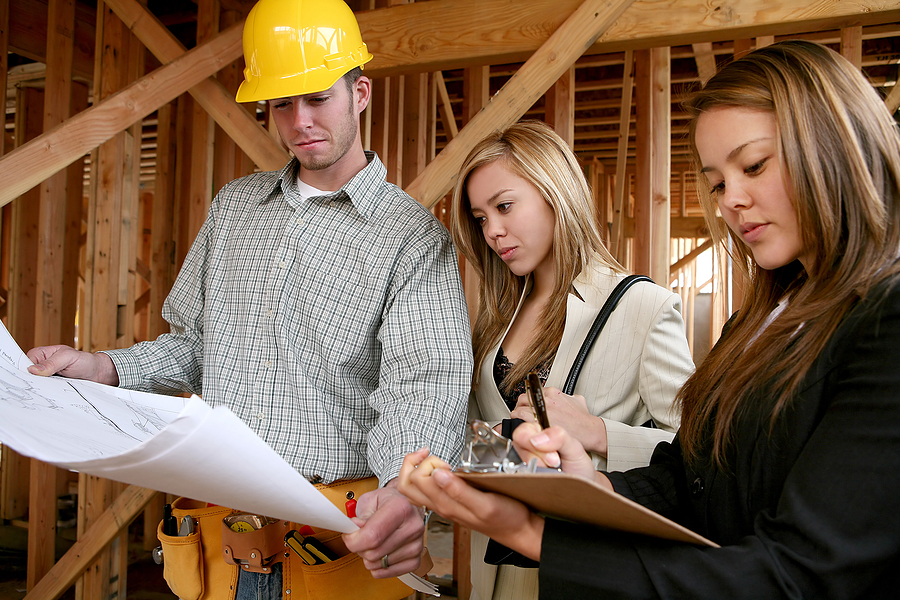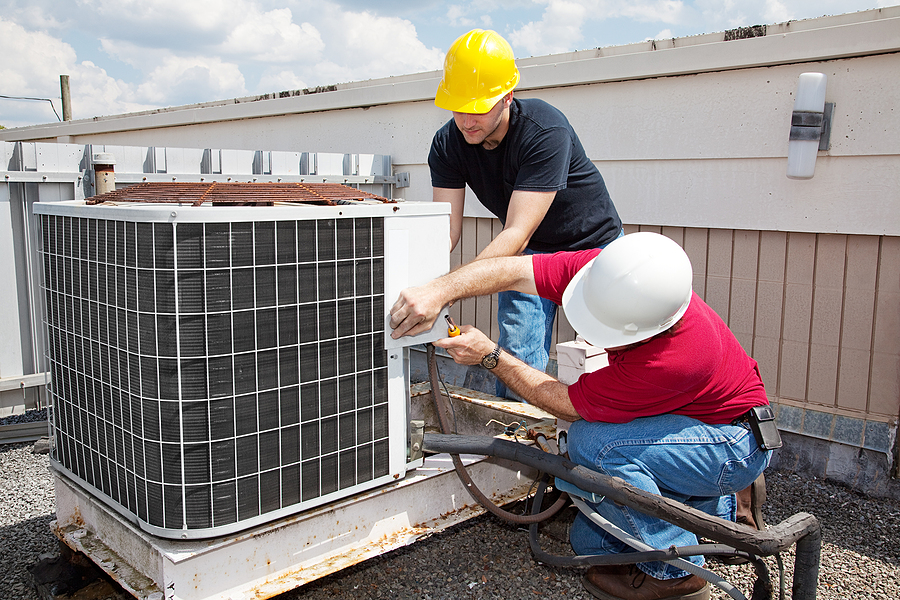Starting a commercial construction project is a significant undertaking, filled with both excitement and complexity. The success of your vision—whether it’s a new retail space, an office building, or a large-scale development—often hinges on one critical decision: choosing the right commercial construction manager. This individual or company will be the linchpin of your project, responsible for turning blueprints into a tangible reality.
A great construction manager keeps your project on schedule, within budget, and up to the highest standards of quality. A poor one, however, can lead to budget overruns, missed deadlines, and significant stress. This guide will walk you through the essential steps for selecting a commercial construction manager who can navigate the complexities of modern construction and deliver the results you expect.

What is a Commercial Construction Manager?
Before you can choose the right one, it’s important to understand what a commercial construction manager does. This role is far more than just overseeing the building process. A commercial construction manager acts as your primary advisor and representative from the initial planning stages through to the final ribbon-cutting.
Their responsibilities include:
- Pre-construction planning: This involves working with architects and engineers, developing budgets, creating schedules, and obtaining necessary permits.
- On-site supervision: They manage all on-site activities, coordinate subcontractors, and ensure the project follows the design plans.
- Budget & schedule management: They are responsible for tracking all costs, managing payments, and making sure all milestones are met on time.
- Quality & safety control: They enforce quality standards and ensure the worksite complies with all safety regulations, including OSHA standards.
- Communication: They serve as the central point of communication between you (the owner), the design team, and all contractors.
Essentially, they are the conductor of the orchestra, ensuring every part of your construction project works in harmony.
Step 1: Define Your Project’s Needs
Every construction project is unique. Before you can find the right manager, you need a clear understanding of your project’s specific requirements. Are you building a high-tech office with smart building integrations or a straightforward warehouse? Is sustainability a key priority?
Consider these factors:
- Project Size & Complexity: A large, multi-story building requires a different level of management expertise than a small retail fit-out.
- Special Requirements: Does your project involve specialized systems, like those in a healthcare facility, or require adherence to green building standards?
- Timeline & Budget: What are your non-negotiable deadlines and financial constraints?
Having a detailed outline of your needs will help you filter potential candidates and find a manager whose skills align with your project’s demands.
Step 2: Vet Their Experience and Expertise
When it comes to construction project management, experience is not just a number—it’s about relevance. A manager with decades of experience in residential construction may not be the right fit for a commercial project.
Look for a commercial construction management company with a proven track record in projects similar to yours in size, scope, and industry. Ask specific questions:
- “Have you managed a project of this scale before?”
- “What is your experience with [specific feature, e.g., sustainable materials or smart technology]?”
- “Can you provide examples of similar projects you have completed?”
A manager who understands the nuances of your industry will be better equipped to anticipate challenges and navigate industry-specific regulations. Also, inquire about their familiarity with modern construction technologies like Building Information Modeling (BIM), which can significantly improve construction planning and efficiency.
Schedule a Construction Manager Interview Now ✅
Step 3: Check References and Past Projects
A reputable construction manager will be proud of their past work and happy to provide references. Don’t skip this crucial step. Speaking with former clients offers unfiltered insight into what it’s like to work with them.
When you contact references, ask targeted questions that address common pain points:
- “How was their communication throughout the construction process?”
- “Did they adhere to the initial budget and timeline?”
- “How did they handle unexpected challenges or changes?”
- “Were you satisfied with the final quality of the project?”
If possible, visit some of their completed projects. Seeing their work firsthand can tell you a lot about their commitment to quality and attention to detail.
Step 4: Evaluate Communication and Collaboration
Poor communication is a primary cause of project failure. It can lead to misunderstandings, delays, and costly rework. Your construction manager must be a clear, proactive, and transparent communicator.
During your interviews, pay close attention to how they communicate.
- Do they listen to your questions and provide clear, direct answers?
- Do they explain complex construction concepts in an accessible way?
- What systems do they use for reporting and updates?
Modern project management relies on collaborative delivery methods and constant updates. A good manager will have a structured communication plan, outlining how and when they will provide progress reports, budget updates, and other critical information.
Step 5: Discuss Budget and Payment Terms
Financial discussions can be uncomfortable, but they are essential for a successful partnership. A transparent conversation about the budget from the outset helps prevent one of the most common pitfalls in construction: budget overruns.
Discuss their fee structure—is it a fixed fee, a percentage of the project cost, or another arrangement? Ensure you understand what is included in their fee and what might be billed separately. Ask how they manage the overall project budget, track expenses, and handle change orders. A competent manager will have robust financial controls and provide regular, detailed financial reports.
Step 6: Confirm Legal and Safety Compliance
A commercial construction project is governed by a web of regulations, from local zoning laws to federal safety standards. A failure to comply can result in fines, work stoppages, and legal liabilities.
Your construction manager must have a thorough understanding of all applicable legal and safety requirements. Verify that they are licensed and insured. Ask about their safety program and their track record with OSHA compliance. A manager who prioritizes safety not only protects their workers but also protects your investment from costly accidents and litigation.
Making Your Final Decision
Choosing a commercial construction manager is one of the most important decisions you’ll make for your project. By taking the time to define your needs, vet candidates thoroughly, and ask the right questions, you can find a partner who will protect your interests and guide your project to a successful completion.
Look for a manager who demonstrates not just technical expertise, but also strong communication skills, a commitment to transparency, and a track record of delivering projects on time and on budget. This careful selection process will lay the foundation for a smooth and successful construction journey.
If you are ready to start planning your next commercial construction project and need expert guidance, our team is here to help. Contact us today to arrange a comprehensive consultation.
Related Post: Top Questions to Ask Your Commercial Construction Manager









